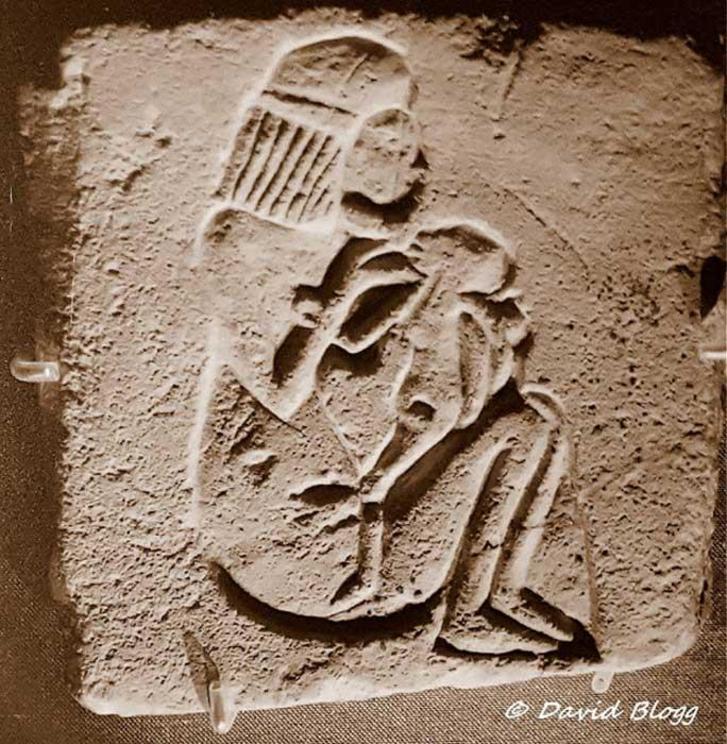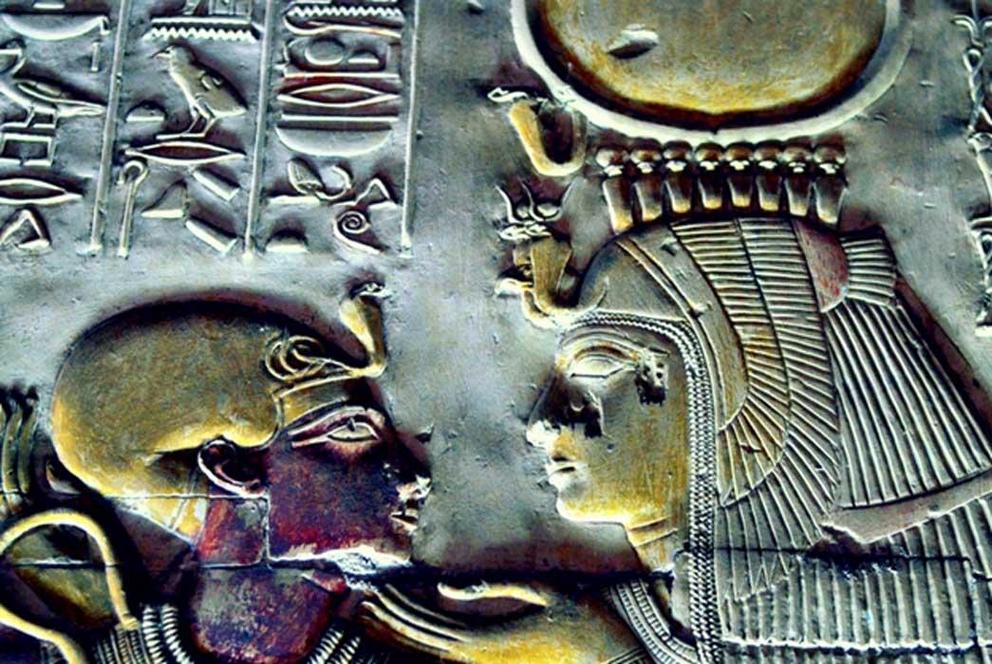Challenges of infant mortality in Ancient Egypt: disease, death and deliverance - part I
Family came first in ancient Egypt. Be it the royal household or the commoner on the street, the bond between parents and their children was considered sacred. Right through the Old Kingdom period down to the New Kingdom and beyond, various kinds of tokens of familial love have survived intact. However, amulets in the graves of young ones reveal that a dark truth lurked behind the veil of producing many offspring in the hope of living happily ever after. Infant mortality was a curse, no less, which the ancient Egyptians combated in many ways – primarily through magic. The power of faith and prayer was unshakeable.

A rare limestone relief from Tell el-Amarna with a sunk relief representation of a squatting woman feeding her child. Death of newborns was commonplace in ancient Egypt. British Museum.
Devastating Infant Mortality Rate
Given the high infant mortality rate, the time of childbirth in ancient Egypt was a challenging period for both mothers and babies. It was considered a blessing of the gods if a child survived the first year; and a double joy if the son or daughter made it successfully into adulthood. It was indeed a sad world, so to speak – one in which husbands who lost their wives spent the remainder of their lives as widowers (if they did not wish to remarry) and children, sans the love and affection of their mothers. Infant deaths were the direct outcome of a variety of diseases that the ancients did not understand and had poor or no remedies for.
Smallpox, for instance, ranked high among the known causes of deaths of babies. With no vaccination available – although rudimentary techniques were employed – the situation was always dire. Also, the (often) improper diets of pregnant ladies, especially among the poorer classes of society, that meant a lack of essential vitamins and minerals, put mothers too at great risk. To compound the issue, matters got out of hand during the periods when the annual Nile floods did not materialize. With the mother dead, the newborn faced an uphill task in surviving the odds. Feeding a motherless child was one of the greatest difficulties that the ancient Egyptians encountered. The milk of livestock – cows and goats – was the only substitute to natural mother’s milk. How many could afford it?

Mother Love: Detail from a relief shows Pharaoh Seti I as a child sitting on the lap of goddess Isis. Her right arm is resting on his back while she gently caresses his face with her left hand. This scene can be found on the western wall of the Second Hypostyle Hall. Temple of Seti I, Abydos.
Become a member to read more OR login here
More upcoming in Part II, an Ancient Origins Premium series by independent researcher and playwright Anand Balaji , author of Sands of Amarna: End of Akhenaten .
The author expresses his gratitude to Ibeca Francisco Jose Neves for permitting the use of his artwork.
[The author thanks Heidi Kontkanen , David Blogg and Julian Tuffs for granting permission to use photographs.]
For the rest of this article please go to source link below.
For full references please use source link below.
